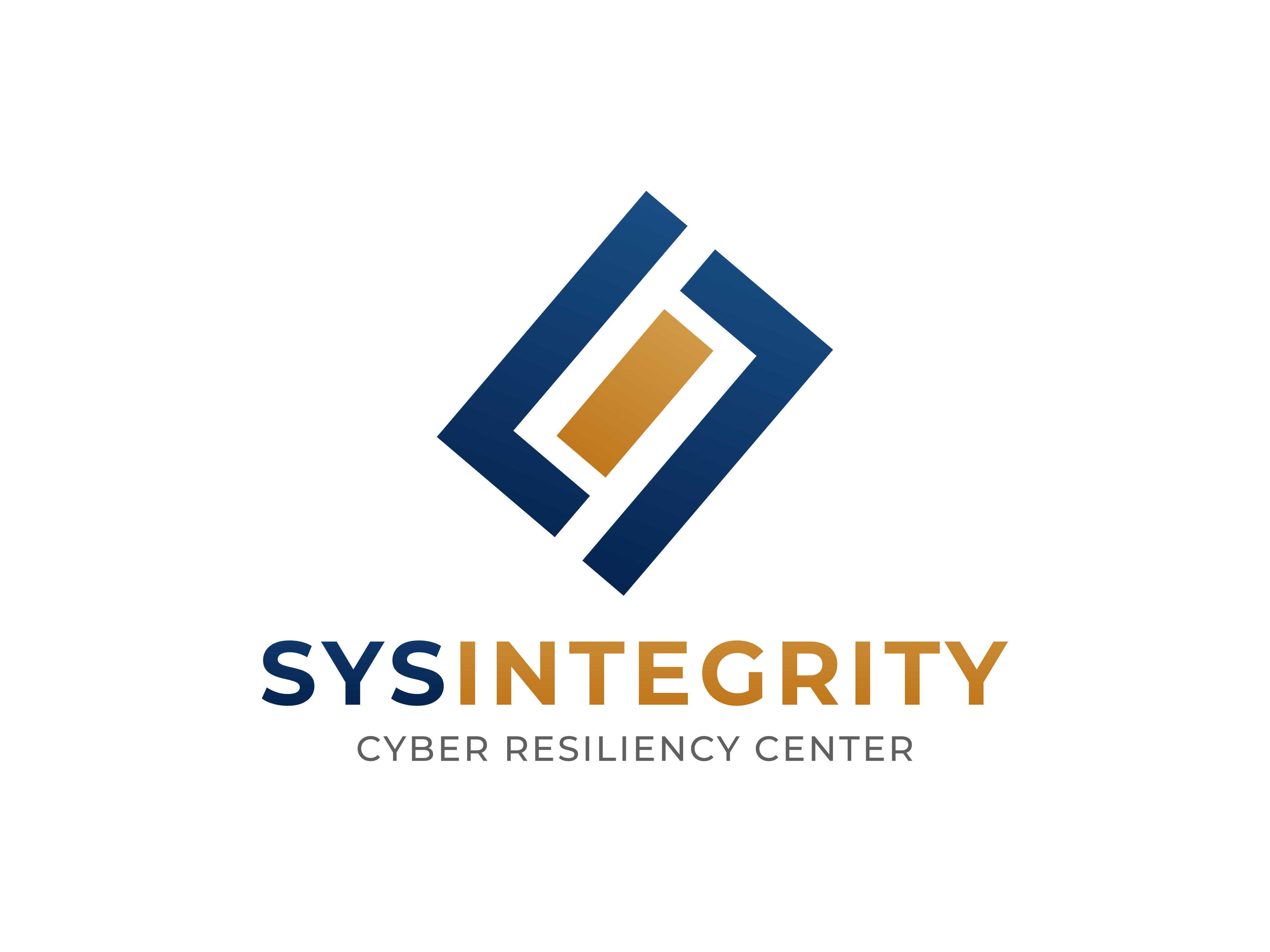Cyber Security Audit Questionnaire
A cybersecurity audit or questionnaire typically assesses various aspects of a company’s cybersecurity posture. Below is a detailed sample of a cybersecurity audit questionnaire that could be used by an insurance company to evaluate an organization's risk level before providing cyber liability coverage.
Section 1: General Information
1. Company Name:
2. Industry:
3. Annual Revenue:
4. Number of Employees:
5. Location(s) of Business Operations:
6. Contact Person for Cybersecurity Issues:
- Name:
- Title:
- Email:
- Phone Number:
7. Do you store, process, or transmit sensitive data (e.g., customer information, financial data, personal health information)?
- Yes / No
8. Have you experienced any cybersecurity incidents in the past three years?
- Yes / No - If yes, provide details of the incident, response actions, and lessons learned.
Section 2: Network Security
1. Do you have firewalls installed and configured to block unauthorized access to your network?
- Yes / No
-Describe the type and configuration.
2. Do you utilize Intrusion Detection/Prevention Systems (IDS/IPS) to monitor network traffic for suspicious activity?
- Yes / No
- If yes, specify the product or solution.
3. How often are network vulnerability scans performed?
- Weekly / Monthly / Quarterly / Annually
4. **Are external connections (e.g., third parties, vendors) to your network monitored and secured?
- Yes / No
- Describe methods used.
5. Are all wireless networks encrypted and secured?
- Yes / No
- Describe the encryption method.
6. Do you employ a Virtual Private Network (VPN) for remote access?
- Yes / No
- If yes, describe the implementation.
Section 3: Endpoint Security
1. Do all devices (laptops, desktops, mobile devices) have up-to-date antivirus and anti-malware software installed?
- Yes / No
- Specify the solution.
2. Is data encryption enforced on all company-issued devices?
- Yes / No
3. Do you use Endpoint Detection and Response (EDR) tools to monitor and respond to suspicious activity on endpoints?
- Yes / No
- Specify the solution.
4. How are employee-owned devices (BYOD) secured when accessing company networks or data?
- Specify methods (e.g., Mobile Device Management, VPN, encryption).
5. Do you enforce Multi-Factor Authentication (MFA) for all access to sensitive systems and data?
- Yes / No
Section 4: Data Protection & Backup
1. Are sensitive data (e.g., personal, financial, health) encrypted both in transit and at rest?
- Yes / No - Specify encryption methods.
2. How often are backups of critical data performed?
- Daily / Weekly / Monthly / Other
3. Where are backups stored?
- On-site / Off-site / Cloud-based
- Are backups encrypted?
-Yes / No
4. Do you have a Disaster Recovery Plan in place?
- Yes / No
-Date of last test:
Section 5: Patch Management
1. Do you have a patch management policy in place to regularly update software and systems?
- Yes / No
2. How often are patches applied?
- Weekly / Monthly / As soon as they are available
3. How do you verify that patches are applied successfully?
- Describe the process.
Section 6: Access Control & Identity Management
1. Is access to sensitive systems and data restricted based on job roles (Role-Based Access Control)?
- Yes / No
2. Do you require strong password policies (e.g., length, complexity, expiration)?
- Yes / No
- Describe password policy.
3. Do you monitor and log user activity for unauthorized access attempts?
- Yes / No
4. Are terminated employees immediately removed from systems and access disabled?
- Yes / No
Section 7: Security Awareness and Training
1. Do you conduct regular cybersecurity awareness training for employees?
- Yes / No
- Frequency: Monthly / Quarterly / Annually
2. Are employees trained to identify phishing attacks and other social engineering threats?
- Yes / No
3. Do you conduct simulated phishing tests?
- Yes / No
- If yes, describe frequency and results.
Section 8: Incident Response
1. Do you have an Incident Response Plan in place?
- Yes / No
- Date of last update:
2. Is there a dedicated Incident Response Team?
- Yes / No
- Describe the team structure.
3. How quickly can your team detect and respond to a cyber incident?
- Within 24 hours / Within 48 hours / Longer
4. Have you performed any incident response drills or simulations in the past 12 months?
- Yes / No
Section 9: Third-Party and Vendor Management
1. Do you assess the cybersecurity practices of vendors and third-party service providers?
- Yes / No
2. Do you have a formal contract with third parties to ensure data protection and cybersecurity standards?
- Yes / No
3. Do you perform regular security audits or assessments of third-party vendors?
- Yes / No
Section 10: Compliance
1. Are you compliant with any industry regulations or standards (e.g., GDPR, HIPAA, PCI-DSS, ISO 27001)?
- Yes / No
- List applicable regulations:
2. Do you conduct regular internal or external cybersecurity audits?
- Yes / No - Date of last audit:
3. Do you perform regular penetration testing?
- Yes / No
- Date of last penetration test:
Section 11: Summary and Risk Assessment
1. Do you believe your organization is adequately protected against cyber threats?
- Yes / No
- If no, what areas need improvement?
2. What is the most significant cybersecurity risk to your organization?
- Provide a brief description.
3. Do you have cyber liability insurance coverage currently in place?
- Yes / No -
If yes, provide details of your current coverage.
Section 12: Certification
I certify that the information provided is true and accurate to the best of my knowledge.
- Name:
- Title:
- Date:
- Signature:
This questionnaire would allow an insurance company to gauge the cybersecurity posture of a business, assess potential vulnerabilities, and determine the appropriate level of cyber liability coverage or suggest improvements before issuing a policy.


